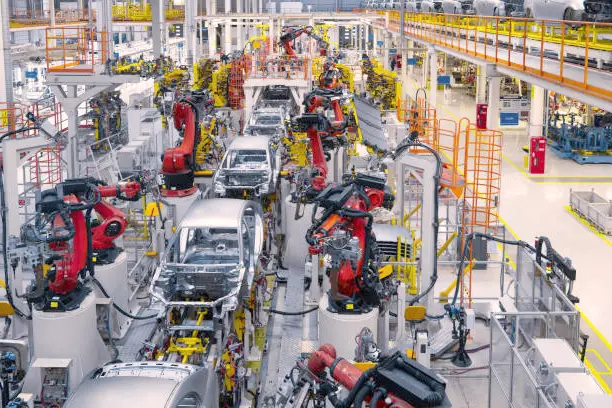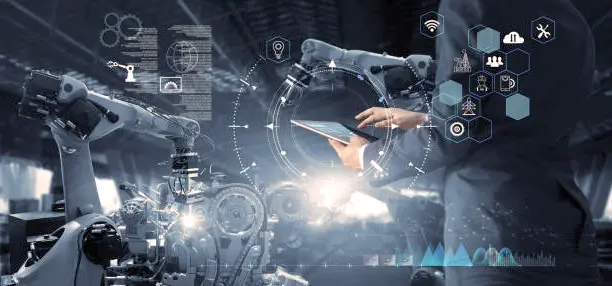
The Impact of Automation on Employment: Opportunities and Challenges
- Admin
Automation technologies have become increasingly prevalent across various industries, leading to debates about their impact on employment. In this article, we delve into the complex relationship between automation and employment, exploring both the opportunities and challenges presented by this technological shift.
Automation and Job Displacement:
Replacement of Routine Tasks: Automation primarily affects jobs that involve routine and repetitive tasks, such as manufacturing, administrative work, and customer service. As machines and algorithms become more sophisticated, they can perform these tasks more efficiently and accurately than humans, leading to job displacement in some sectors.
Shift in Skill Requirements: Automation also necessitates a shift in the skills required for the workforce. While some jobs may be eliminated, new roles emerge that require advanced technical skills, problem-solving abilities, and creativity. Employees need to adapt and acquire these skills to remain competitive in the job market.
Opportunities Created by Automation:
New Job Opportunities: While automation may lead to job displacement in certain sectors, it also creates new job opportunities in emerging industries. For example, the rise of automation has fueled demand for roles such as data scientists, AI engineers, and robotics specialists, offering avenues for career growth and advancement.
Increased Productivity and Innovation: Automation enhances productivity and efficiency, allowing businesses to produce more with fewer resources. This increased productivity can stimulate economic growth, leading to the creation of new businesses and industries. Moreover, automation fosters innovation by freeing up human workers to focus on higher-level tasks and creative endeavors.
Challenges and Considerations:
Job Polarization: Automation contributes to job polarization, where high-skilled and low-skilled jobs are in demand, while middle-skilled jobs decline. This trend exacerbates income inequality and poses challenges for workers with intermediate skill levels who may struggle to find employment opportunities.
Reskilling and Education: Addressing the challenges posed by automation requires investment in workforce reskilling and education. Governments, businesses, and educational institutions need to collaborate to provide training programs and lifelong learning opportunities that equip workers with the skills needed for the jobs of the future.
Conclusion:
Automation presents both opportunities and challenges for the workforce of the future. While it has the potential to enhance productivity, stimulate innovation, and create new job opportunities, it also poses risks of job displacement and exacerbates existing inequalities. By embracing automation responsibly and investing in workforce development, we can harness its potential to create a more inclusive and prosperous society.
